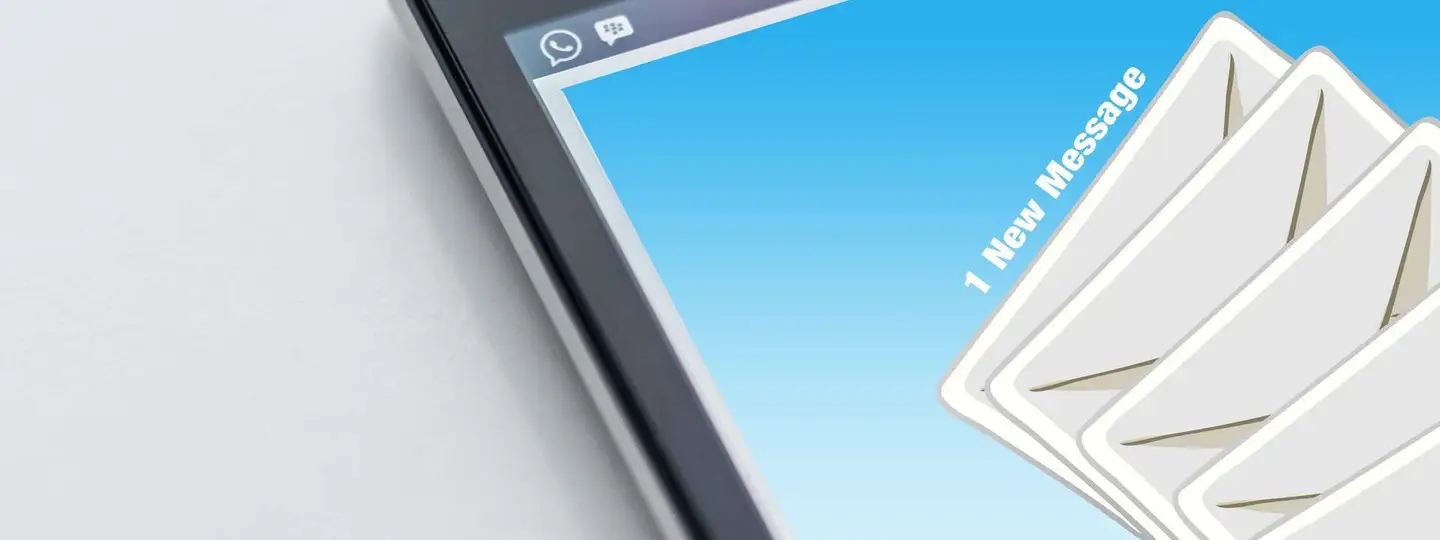Roughly 235 billion emails are sent every day around the world. Of those, 125 messages per user per day are business emails. That’s a lot of email, and the volume is only projected to grow. With such demands on our time and attention on top of regular work responsibilities, it’s only natural to start feeling overwhelmed. To help you stop email from wrecking your time management, we’ve put together five tips for busting the illusion of email urgency and beating the anxiety of your rapidly filling inbox.
Know the appropriate response time
Research finds that 90 percent of people respond to an email within two days, but that 50 percent will respond within an hour. Further, users 20 – 35 years old have whittled it down to a 16 minute average response time. But is that really necessary? Not often.
The Muse has put together a handy guide on how long you can wait to respond to emails and it gives some great tips for when to let go of that immediate response impulse. In most cases email responses can wait a day. In fact, it’s often better to give yourself that extra time to put together a thoughtful, professional response. Immediate replies aren’t impressive if they’re incomplete or messy.
Consider who the email is from
Although most emails can wait a day without seriously offending anyone, it’s also important to consider your audience. Responding to a query from your boss is probably best done sooner than later. Also, if a quick response will earn you points for customer service it’s a good idea to make the effort to respond promptly. But messages from friends, family, and even colleagues can often sit on the back burner while you take care of higher priority tasks.
Be sure to also think about the psychological messages you’re sending along with your emails. Responding immediately trains people in a negative way and sets expectations that can be tough to maintain. Once you’re known as someone who drops everything to reply to an email, delayed responses will begin to rub people the wrong way. But if you never set that expectation, taking your time to reply won’t make waves.
Look for deadlines
It’s wise not to ignore when someone specifically asks for a prompt response or a reply by a particular deadline. If you absolutely cannot make the requested deadline, send a brief email to let them know and suggest a time when you can feasibly get a reply written. This will help keep communications simpatico while allowing you to stay on top of higher priority tasks.
It also helps to give yourself mini deadlines to manage your inbox. For instance, productivity guru David Allen suggests the two minute rule: if responding to an email takes less than two minutes, do it right away. If longer, it’s more efficient to save it for later. This couples well with strategies for checking email only at limited, scheduled times of day. Otherwise you run into the productivity pitfalls of multitasking.
Get comfortable disappointing people
With so many emails flying around and so much else to do at work, there just isn’t time to please everyone. You shouldn’t feel bad or anxious if doing your job means delaying an email response. That’s the whole reason you have a company email account in the first place, right? And when you do have to respond later than you’d like, resist the urge to apologize for it. That only reinforces negative training that makes people expect an immediate response from you. Be polite, but don’t apologize for spending time doing your job or waiting until you had a chance to write a solid, thoughtful response.
Use folders to keep from feeling overwhelmed
To streamline your workflow, use deadline-based email folder names instead of general categories. Check out The Only Five Email Folders Your Inbox Will Ever Need for a great time-saving, prioritization-based system of organizing emails. Spoiler alert: the categories are Inbox, Today, This Week, This Month/Quarter, and FYI. Use the tips covered above to help you sort emails into the appropriate folders!





